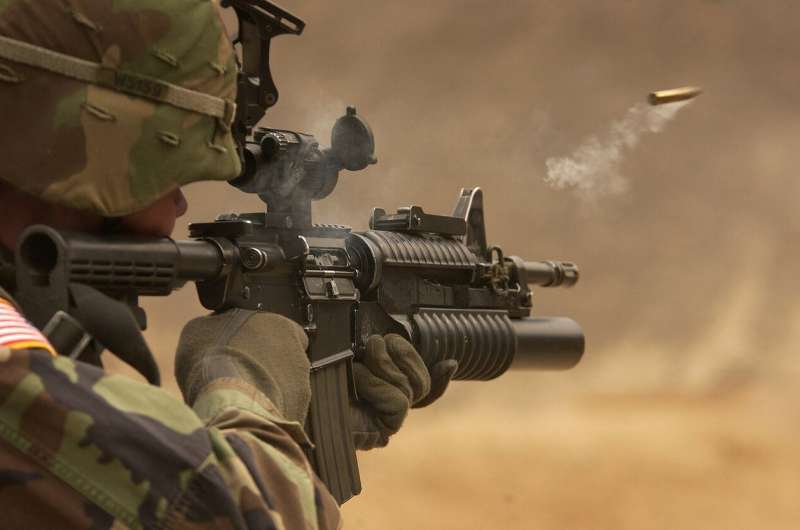Lowest level of fatalities in organised violence in seven years

New data from the Uppsala Conflict Data Program (UCDP), Uppsala University shows that in 2018 the number of fatalities in organised violence reached the lowest level in seven years. However, the large share of internationalised conflicts, to which external states contribute troops, worries researchers. These conflicts tend to be both bloodier and longer.
For the fourth consecutive year, the number of conflict-related deaths decreased. The UCDP recorded almost 76,000 deaths in 2018; a decrease of 43% compared to the latest peak in 2014.
"The de-escalation of violence in Syria and Iraq was the primary cause of this decrease," says Therése Pettersson, project manager at the UCDP. "In total, fatality numbers dropped by 18,000 in these conflicts compared to the year before. In Syria, this meant the lowest level of violence since the Arab spring in 2011," Pettersson clarifies.
Yet, the overall reduction in violence did not affect all parts of the world. In Afghanistan, violence has been on the rise since 2013. In 2018, fatality numbers reached a new high with almost 26,000 battle-related deaths, and Afghanistan surpassed Syria as the country hardest hit by war. In Yemen, the conflict escalated, resulting in the world's worst humanitarian crisis.
Besides the decreasing number of fatalities in organised violence, a clear trend is a growing share of internationalised conflicts, meaning that external states support one or both sides with troops. For five consecutive years, more than 30% of the conflicts have experienced this type of external involvement; a level never witnessed previously in the post-World War II period.
"This is worrying. Research shows that external involvement leads to conflicts that are more lethal. This type of involvement is also known to make conflicts harder to resolve," warns Therése Pettersson.
The UCDP's new data on peace agreements show that relatively few agreements have been signed during recent years, in spite of many ongoing armed conflicts.
"The latest peak in the number of conflicts, in the early 1990s, was matched by an increase in mediation and peace operations which in turn contributed to an increase in the number of signed peace agreements," says Stina Högbladh, project manager at the UCDP. "The current peak in the number of conflicts, 52 in 2018, has not been accompanied by a similar rise in the number of agreements," Högbladh explains.
During 2018, five peace agreements were signed, compared to 23 in 1991.
Two circumstances that characterise the recent rise in conflicts have also been found to make conflicts harder to resolve: high levels of internationalisation and explicitly religious claims, from groups such as the Islamic State (IS).
"Although peace agreements are less likely under these circumstances, they do occur. We ought to take a closer look at these agreements to learn how peace processes could be designed in the future," Stina Högbladh emphasises.
More information: Therése Pettersson et al. Organized violence, 1989–2018 and peace agreements, Journal of Peace Research (2019). DOI: 10.1177/0022343319856046
Provided by Uppsala University
















